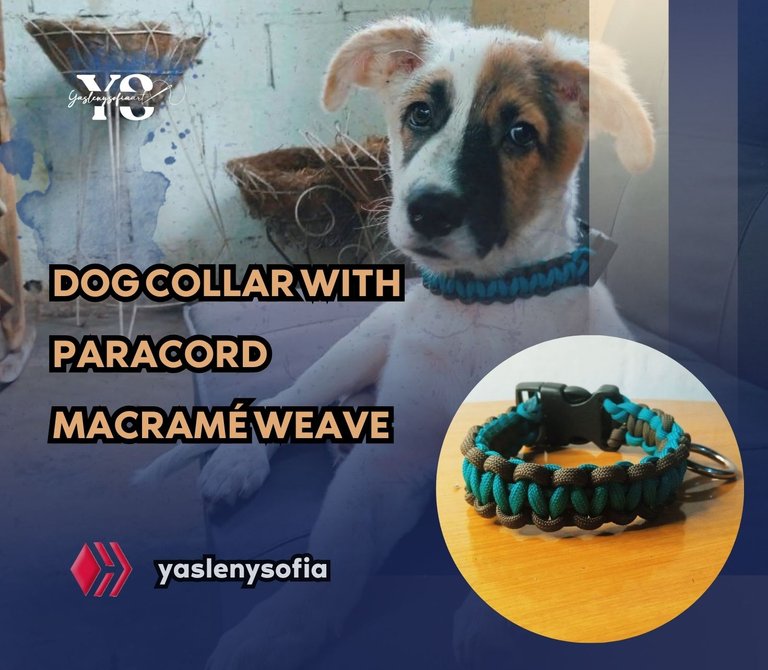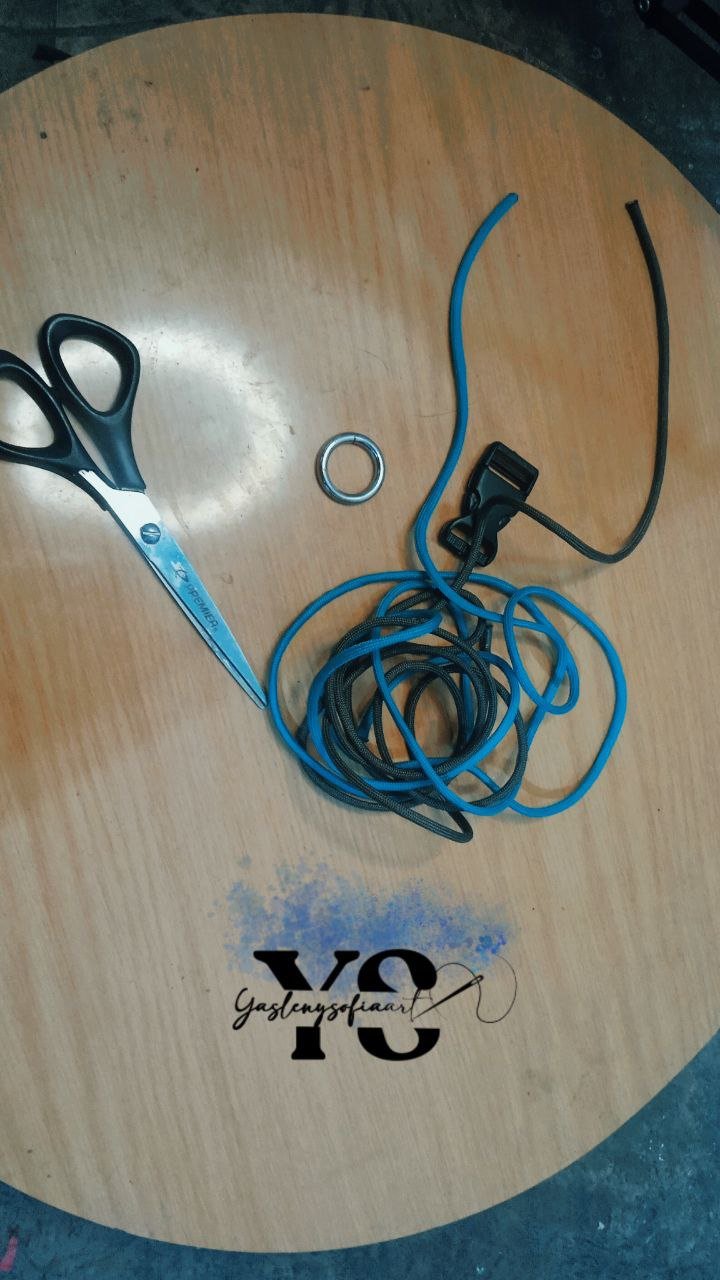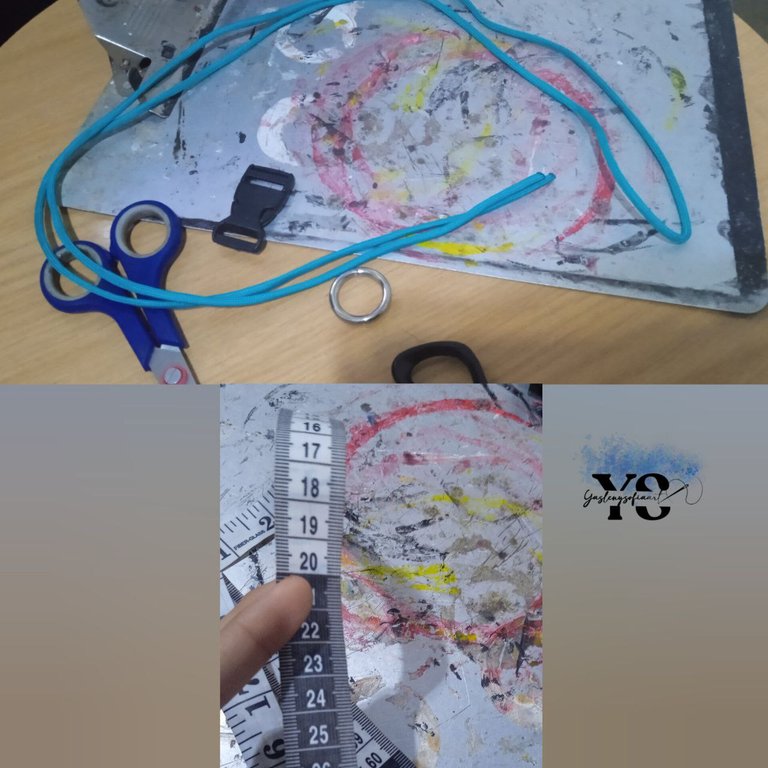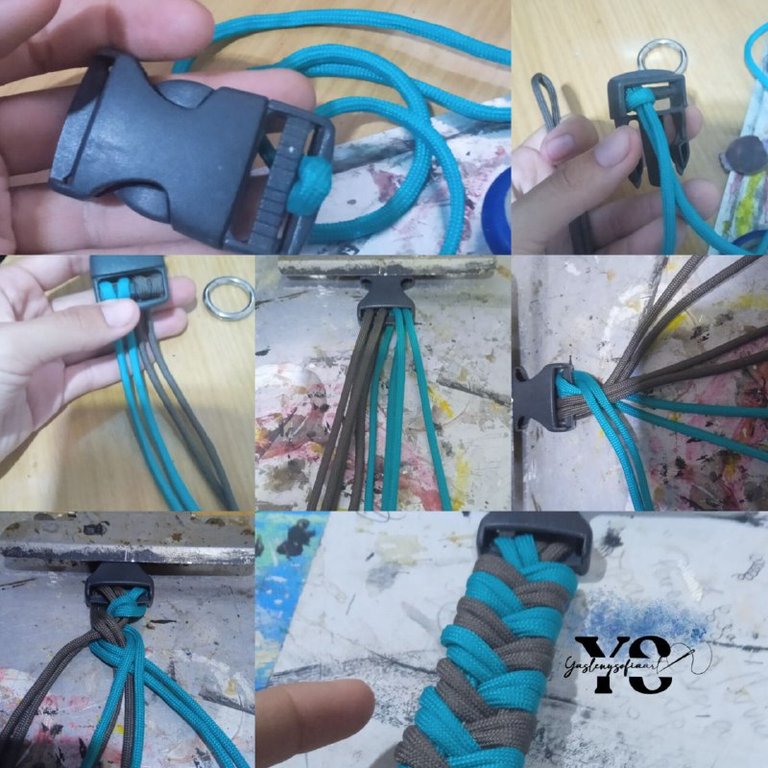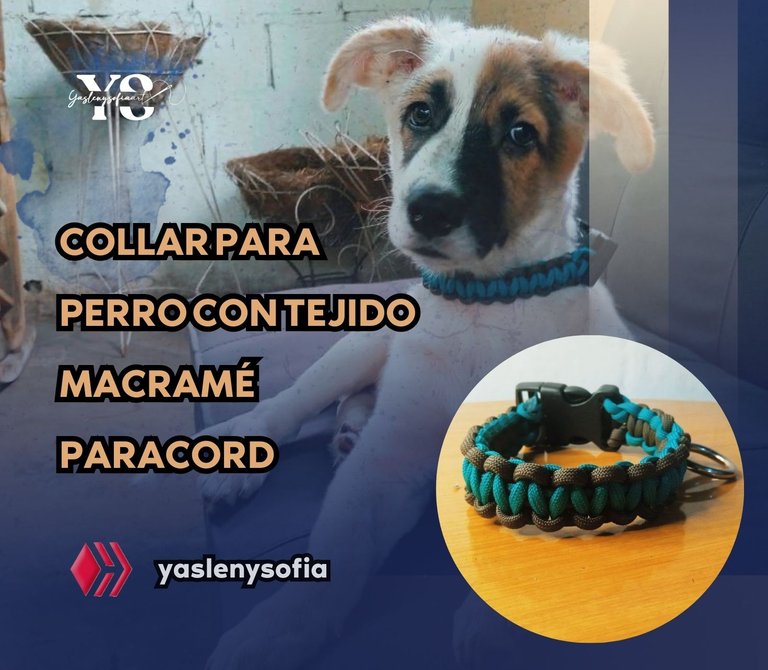En esta primera parte, tomamos las medidas del cuello de nuestra mascota con la cinta métrica. El de Oddie es de 27 cm.
En el primer tutorial que vi era, no solo un modelo distinto, sino que indicaba que era la medida del cuello multiplicados por 4, por eso compré fue un metro y medio de cada cordón, porque me dije es mejor que sobre a que falte.
Sin embargo, al ir viendo como se hacía, me faltaba cordón, porque quedaba muy corto, no me llegaba a los 27 cm, batallé mucho, lo desarmada a ver si era yo y no, era que las medidas que ella decía, no se aplicaba así.
• Medidas de la circunferencia del cuello= 27 cm
• Medida del broche o tip top= 3 cm
27 – 3 cm= 24 cm
24 * 12= 2,88 mts.
Es decir que, en vez de comprar 1,50 mts, tenía que comprar casi los 3 o los 3 en su totalidad.
PASO 2
Anudar…
Tomamos el broche, lo abrimos, ambas partes en distintas tablas y la distancia será la del tamaño del cuello, esto servirá para sujetarlos. La parte del broche que tiene los dientitos, se amarra ambos hilos, y el nudo quedará en la parte reversa de este. No obstante, al momento de entrelazar los cordones, ambas partes del broche, deben estar en su anverso. (Imagen 1)
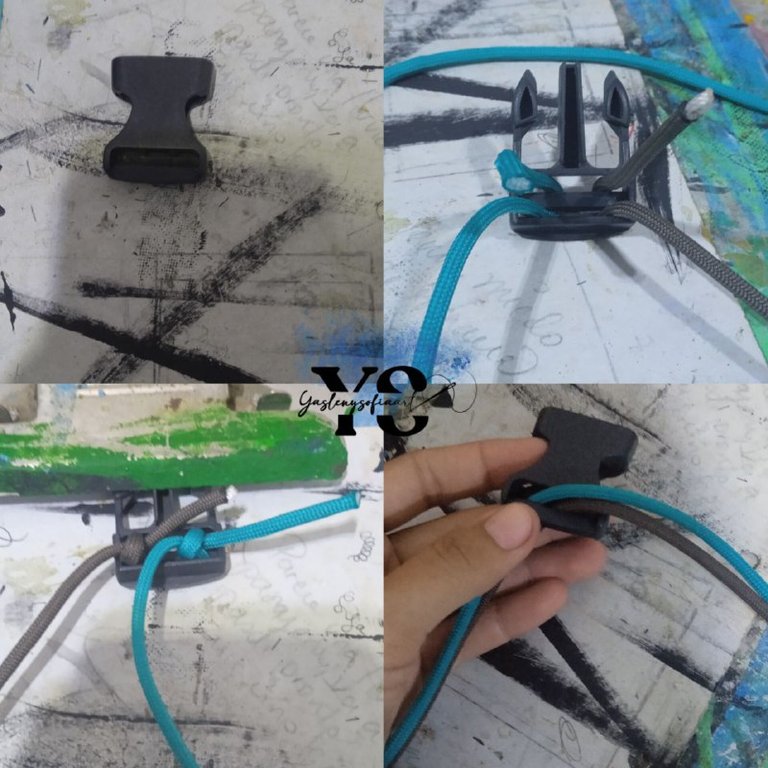
(Imagen 1)
El proceso “original” consiste en quemar ambas puntas de los dos cordones y unirlos rápidamente, ya que cuando se queman se adhiere al otro sin problemas. Esa unión, la pasamos por el broche de dientito, crea un pequeño circulo, ahí pasamos la parte larga de los cordones.
Igualmente, esta parte se las mostraré cuando haga otro, porque creo que este collar lo perderá pronto, pero igual se las quería indicar.
Ahora bien, pasamos los otros extremos del cordón por la otra parte del broche. La cuerda marrón que queda suelta, la pasamos debajo del marrón que queda tensado y en esa orejita que forma, pasamos la punta del color marrón y jalamos, así creamos un nudo para sostener. De igual forma, hacemos con el verde, cordón suelto pasarlo debajo del tensado y con la orejita formada, pasamos la punta de este. (Imagen 2)
Las puntas de los cordones sueltos deben quedar a las afueras.
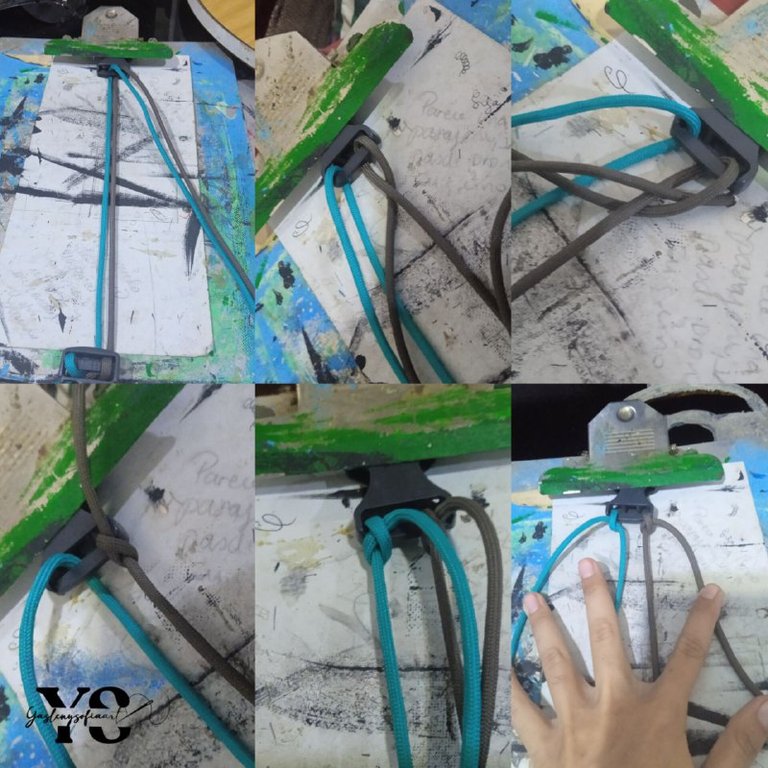
(Imagen 2)
PASO 3
Tejido…
Nota: El color que ira en el medio, que en mi caso es el verde, debe quedar a mano izquierda y es justamente con ese, con el que se inicia el tejido.
Para mejor entendimiento:
• Cordón verde suelto: lo llamaré cordón 1
• Cordón Marrón suelto: lo llamaré cordón 2
El cordón 1 lo pasamos por encima de los dos cordones tensados, se formará como una especie de oreja.
El cordón 2, pasarlo por encima del cordón 1, luego debajo de los dos tensados y de ultimo, por encima de la pequeña oreja que dejo el cordón 1. Este cordón 2 también dejará una pequeña oreja, pasar el cordón 1 por debajo de esta oreja.(Imagen 3)
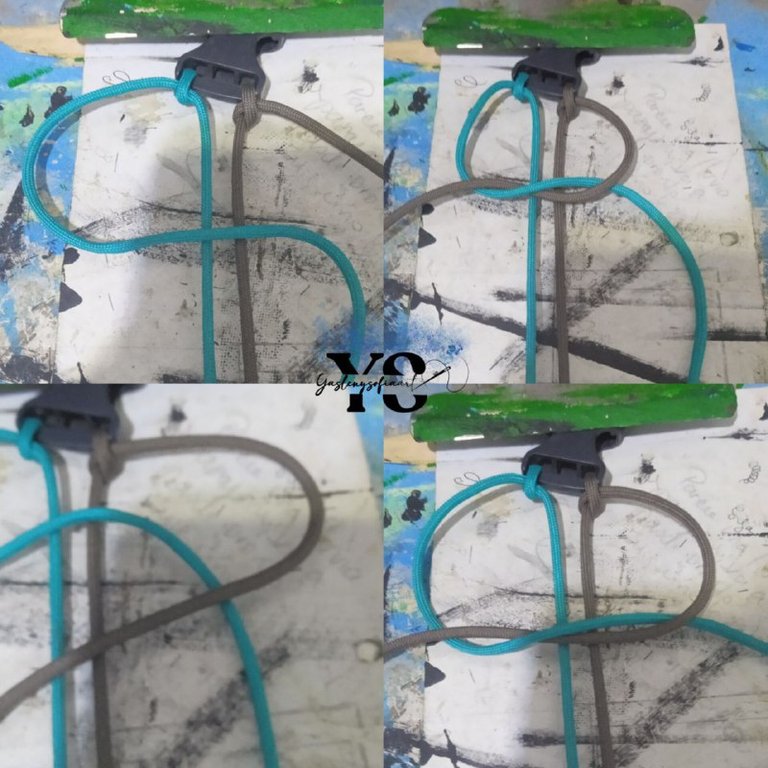
(Imagen 3)
Jalamos ambos cordones, haciéndose la primera ola o tejido, como se muestra en la imagen 4.
Siguiente a ese, el cordón 2 se pasa encima de los cordones tensados y por debajo del cordón 1.
Este cordón 1 se pasa por encima del cordón 2 y debajo de los tensados y jalamos.
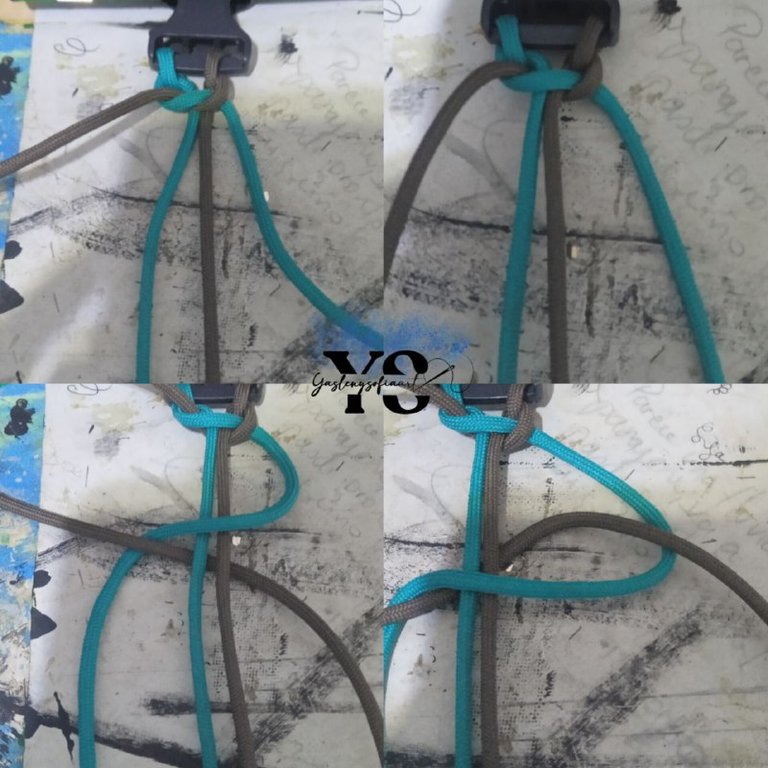
(Imagen 4)
Hacemos el mismo proceso otra vez, cuando ya tengas 3 olas o tejidos hechos, tocará poner la argolla (esta parte es opcional). El cordón 1 debe quedar de lado derecho.
Tomamos la argolla, pasamos el cordón 1 a través de ella y encima de los tensados; el cordón 2 por encima del cordón 1 y debajo de los tensados y jalamos. Aquí me faltó enderezar la argolla, que quedará en su centro y pasarle otro cordón nuevamente. (Imagen 5)
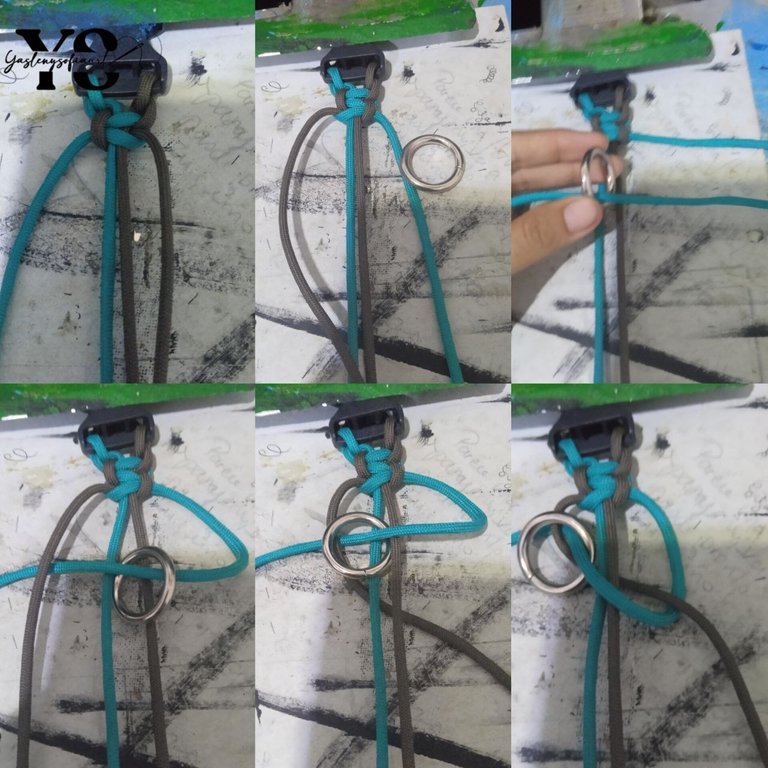
(Imagen 5)
Ya después seguimos tejiendo hasta llegar a la otra parte del broche; cuando lleguen ahí, si les sobra cordón, lo cortan, que quede como 1 dedo de sobra, voltean el collar, que quede al reverso, queman bastante la punta y rápidamente lo pegan con un dedal y así queda limpio el nudo.
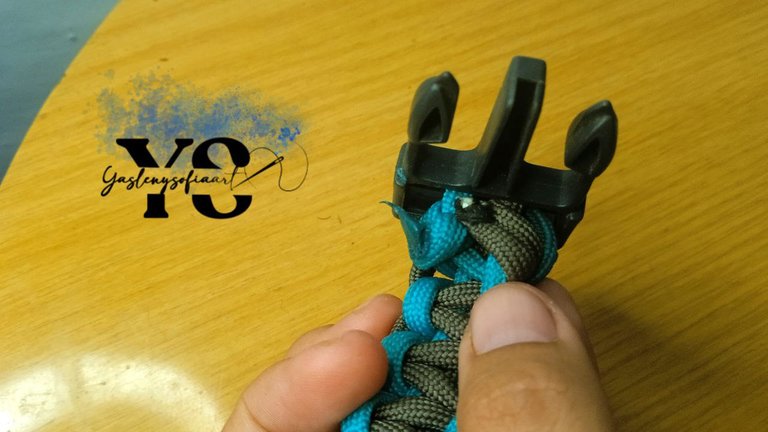
Este fue el resultado, casi no me alcanzaba el cordón, pero algo se hizo 🤣. También pueden hacer pulseras para uno mismo con está técnica. Espero traerle nuevamente uno mejor explicado, incluso otros modelos.
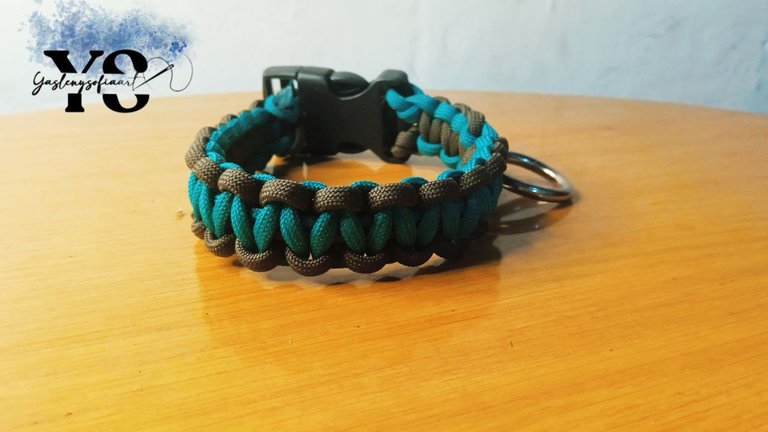
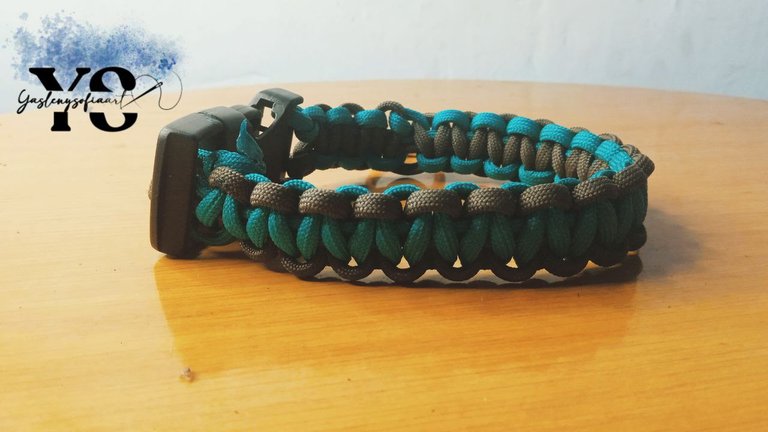

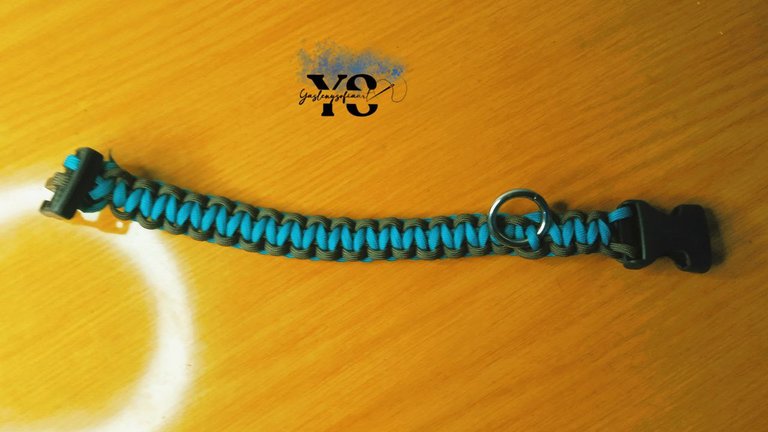
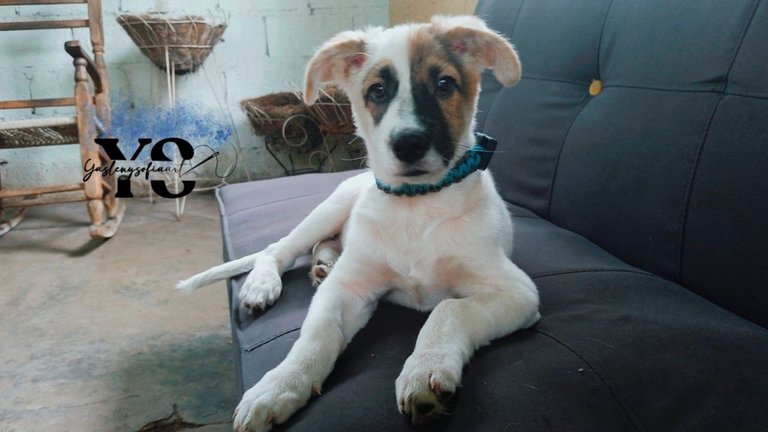
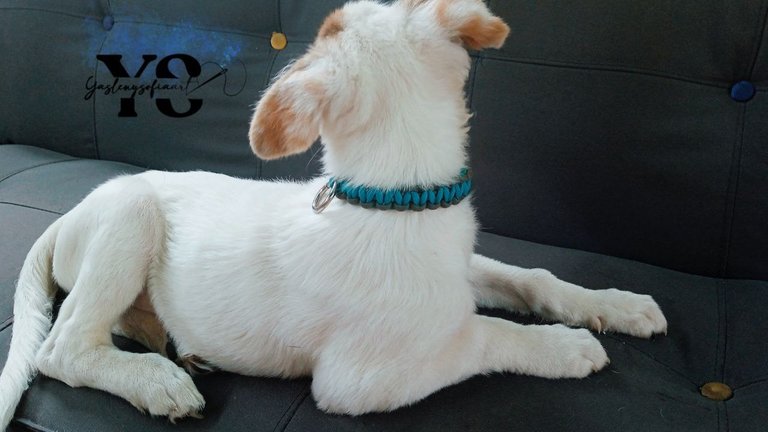
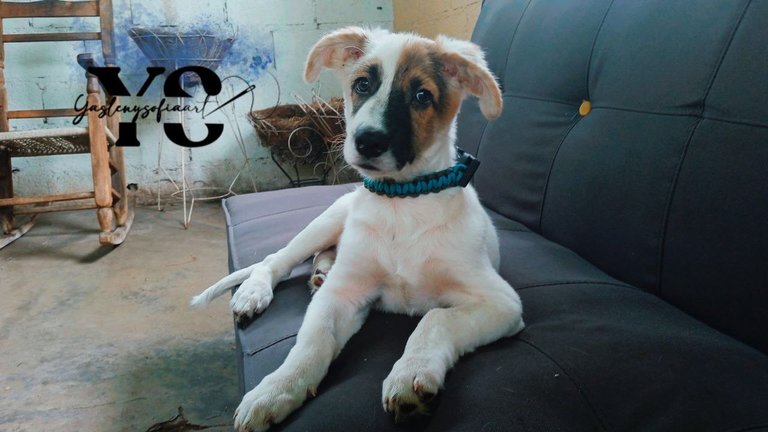
Las imágenes son de mi archivo personal, tomadas con mi celular Redmi 9A. Portada diseñada en CANVA. Texto traducido en DeepL

Gracias por leer mi post. Espero que les haya gustado. Estaré atenta a responder sus comentarios. Pueden visitar mi blog, seguir mis contenidos y redes sociales
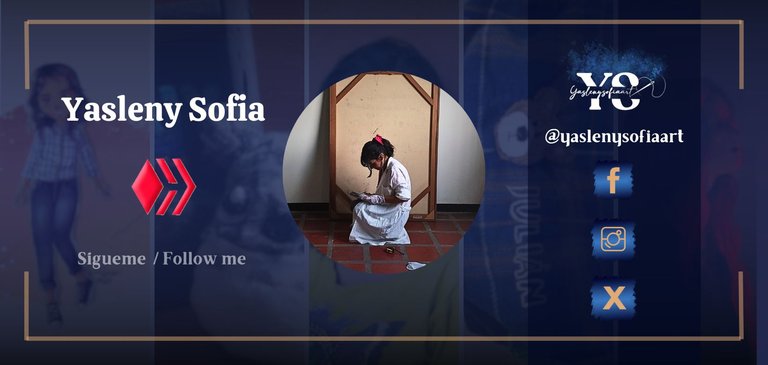
FACEBOOK / INSTAGRAM / TWITTER

